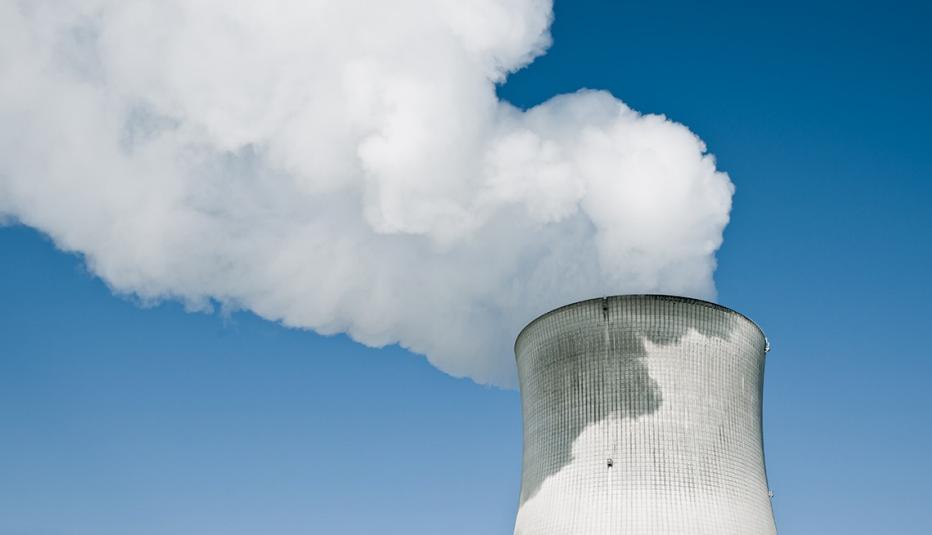AARP Hearing Center
In 2015, approximately 1.6 million households headed by someone ages 50 or older could not afford to heat their homes with heating fuel, electricity, or natural gas, and as a result they had their fuel deliveries discontinued or their natural gas or electricity disconnected.
Because older people are more vulnerable to hypothermia than younger ones, unaffordable heating costs pose a particular health risk to older populations. Colder temperatures, expensive heating fuel and electricity, and decreases in funding for heating assistance amplify this health risk.
For low-income households (less than $40,000 in annual income) ages 65+, 17 percent (2.6 million households) reduced the use of or went without basic necessities, such as medicine or food, for at least one month in order to pay an energy bill in 2015.
About 82.7 percent of American households ages 65+ use natural gas or electricity as their main space heating fuel, with 17.3 percent using fuel oil, propane, wood, or some other fuel. The availability of heating fuels is not uniform across the country, so most American consumers do not choose how they heat their homes. Thus, it follows that changes to costs of a given heating fuel can affect certain parts of the country and certain consumers differently than others.






























































